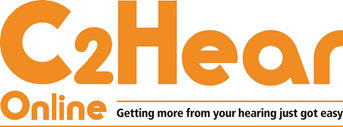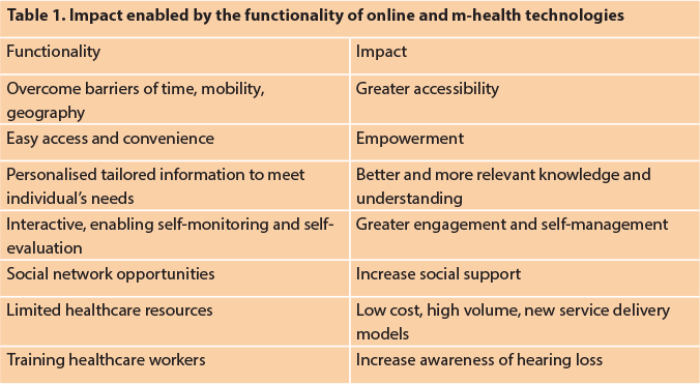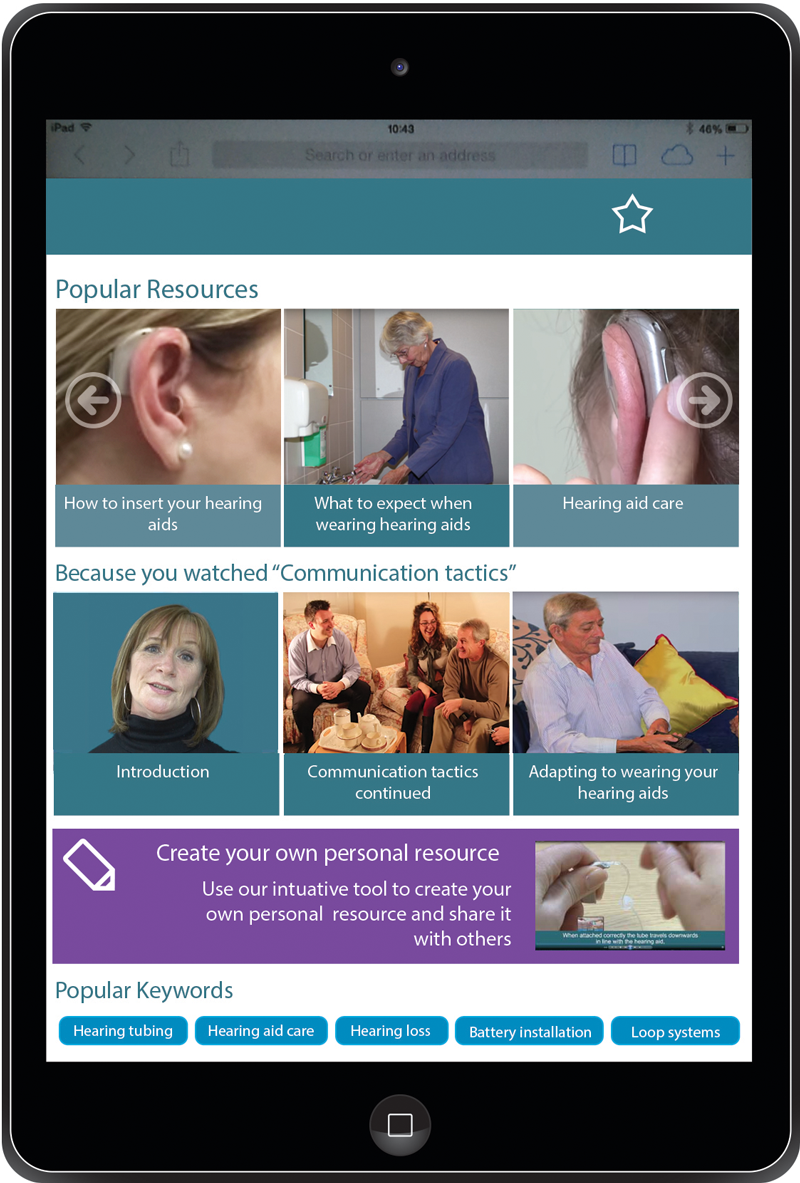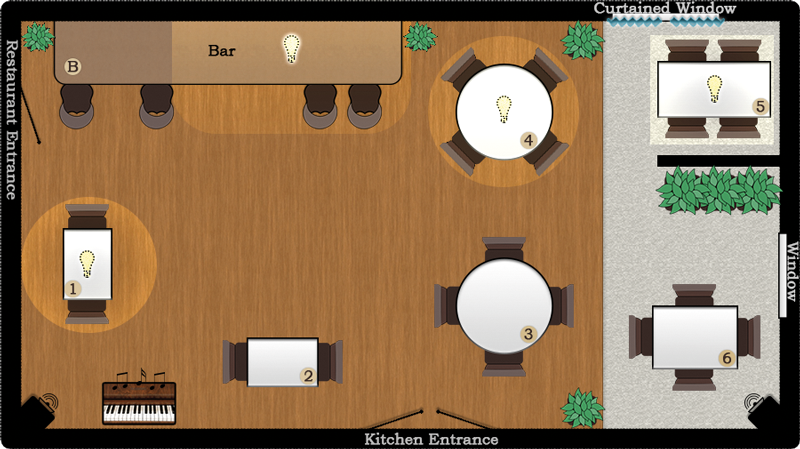
In recent years, the widespread use of smartphones has made it increasingly possible to improve knowledge, understanding and delivery of hearing healthcare. Melanie Ferguson tells us about the advances in mobile-health applications.
Think back to five years ago - what did you use your mobile phone for? Probably for sending texts, reading your emails via webmail, taking the odd poorly pixelated photo, and maybe even making telephone calls! Fast forward five years. Smartphones are ubiquitous - it would be easier to write down what you can’t do with a smartphone than what you can.
Mobile phone access to the internet has more than doubled between 2010 and 2014 (24% to 58%), and in the 65+ year age group there has been a five-fold increase in internet use (9% to 42%) over the last eight years [1]. Opportunities for using mobile-health technologies to deliver hearing healthcare and education are increasing year-on-year.
There are numerous ways in which m- and e-health applications can improve hearing healthcare (see Table 1). These can lead to increased accessibility to healthcare, greater knowledge and understanding, increased user engagement and self-management of long-term conditions, and low-cost, high-volume delivery of interventions; all of which will contribute to future development of new service delivery models for hearing healthcare.

“If I did not have [C2Hear] I might have given up wearing my hearing aids.”
Knowledge of hearing loss and what to do about it, including hearing aids, is poor in the general public, even in experienced hearing aid users. In Nottingham, we have been working on methods derived from the education field to improve knowledge of hearing loss, hearing aids and communication for first-time hearing aid users, communication partners and the general public, as well as non-audiological healthcare professionals, such as nurses and residential and social care workers.
Working collaboratively with audiologists and hearing aid users to develop the content [2], we have released a freely available online educational programme for hearing aid users (just google ‘C2Hear Online Youtube’ to take a look). C2Hear comprises 10 interactive multimedia videos (termed ‘reusable learning objects’, or RLOs) covering a range of practical and psychosocial issues on hearing aids and communication, plus user testimonials to bring patient experience to the fore. Although C2Hear was originally developed for a DVD platform when the work started in 2011, C2Hear Online can now be accessed through mobile technologies.
The advantage noted earlier of greater accessibility of online delivery of applications can be nicely demonstrated here. In 2014, when C2Hear was only available on DVD through a distributor at a low price, only approximately 300 DVDs had been purchased in a nine-month period. In the same time period since November 2015 when C2Hear became freely available online, there had been over 10,000 views. Online views are increasing, with 25,000 over a 16-month period globally (approximately 30% from North America). There have been numerous requests for translation into other languages, and we are currently developing versions in Americanised English, Chinese and Welsh.
So greater online accessibility is a good thing, but are the C2Hear RLOs effective? A large randomised controlled trial of first-time hearing aid users (n=203) showed a range of benefits [3]. These included significantly greater knowledge of hearing aids and communication, better hearing aid handling skills, and higher hearing aid use in those that did not wear hearing aids all the time. In addition, the RLOs were rated as highly useful, they increased patients’ confidence to discuss hearing aids and communication, and were preferable to written information. Patient feedback was highly favourable:
“If I did not have [C2Hear] I might have given up wearing my hearing aids”
“The advice on what to expect and how to adapt to the hearing aids has been invaluable”
“I found this [C2Hear] reassuring and supportive”
However, the RLOs were designed for a DVD platform, which limited interactivity. In addition, focus groups suggested it would be valuable to have RLOs specific to communication partners (CPs), such as spouses and family members. Therefore, we have developed the Communication Strategies RLO into a web-based app specifically for CPs and the general public that is more interactive and so aims to improve the user’s learning experience. This includes several activities, such as examples of hearing loss in noise and in quiet, a drag and drop activity on how best to communicate, and a restaurant ‘game’ that lets users explore where best to sit to have a conversation (see Figure 1).


Figure 1. Mock-up of the landing page for the individualised m-RLOs, and screenshot
of the restaurant ‘game’ for the communication partners m-RLO.
We are currently testing the usability of this new app using synchronous, real-time ‘think aloud’ analysis, whereby the users say what they are thinking, doing and feeling while using the app. Two other web-based RLOs on ‘Understanding Hearing Loss’ and the ‘Psychosocial Consequences of Hearing Loss’ are to be developed this year. A meta-synthesis of the qualitative literature on people with hearing loss (PHL) and their CPs has shown that aligning coping strategies across couples (PHL and CP) helps overcome barriers and difficulties that are posed by the hearing loss [4]. Therefore, a novel aspect in this research is the use of the apps as a joint activity between the couples. To futureproof the RLO concept, we recently received a £150K NIHR Research for Patient Benefit grant to repurpose C2Hear Online into a personalised m-health programme to move away from the current ‘one size fits all’ approach.
This research is based on health behaviour change principles using the web-based platform. Short 1-2 minute segments of the C2Hear materials (m-RLOs) will be identified and each will be linked with the relevant domain in the Theoretical Domains Framework (e.g. physical skills, social influences). The domains are associated with a specific determinant of behaviour from the COM-B model that considers the capability, opportunity and motivation to carry out a particular behaviour [5]; in this case, increasing hearing aid use. Additionally, each m-RLO will be ‘data-tagged’ using a ‘think aloud’ analysis, and a self-evaluation questionnaire will then enable individualised tailoring of the information for users.
“A novel aspect in this research is the use of the apps as a joint activity between couples.”
The mobile-enhanced technology will enable a personalised ‘on the go’ system to meet the individual’s informational needs wherever and whenever they need it. Self-evaluation will be incorporated to develop a self-management m-health programme for hearing aid users. It is easy to see how smartphone technologies that tap into ecological momentary assessment (EMA) to enable repeated assessments in the real-world context [6] – such as speech recognition hearing aid use and lifestyle – could fit into such a self-management programme.
Future m-health developments arising from this new research include programmes for non-audiological health and social care professionals. Previous studies have shown that knowledge on hearing-related issues in residential care home staff and social care staff is poor, but this was significantly improved by staff engaging with the C2Hear RLOs [7,8]. We are also looking to develop m-RLOs to provide key follow-up information for those who fail a web-based hearing screen, including how to get hearing tested and how hearing loss can be managed, such as communication strategies and hearing aids.
Finally, with the likely increase in use of over-the-counter listening devices, personal sound amplifiers (PSAPs) and self-fitting hearing aids, arising from the National Academies of Science, Engineering and Medicine report from the USA, audiology departments may be bypassed altogether by those with mild or even moderate hearing losses [9]. Therefore, there will be an increasing need for high-quality, relevant information to ensure that people with hearing loss get the most out of their hearing devices. The opportunities for mobile-enhanced developments are huge, and I sense we are only at the start of what could be an online revolution in hearing healthcare.
References
1. UK Office for National Statistics. Internet Access – Households and Individuals 2015. United Kingdom: UK Statistics Authority.
2. Ferguson MA, Brandreth M, Brassington W, Wharrad H. Information retention and overload in first-time hearing aid users: An interactive multimedia educational solution. Am J Audiol 2015;24:329-32.
3. Ferguson MA, Brandreth M, Leighton P, et al. A randomized controlled trial to evaluate the benefits of a multimedia educational programme for first-time hearing aid users. Ear Hear 2016;37(2):123-36.
4. Barker A, Leighton P, Ferguson M. Coping together with hearing loss: A qualitative meta-synthesis of the psychosocial experiences of people with hearing loss and their communication partner. Int J Audiol. In press.
5. Coulson N, Ferguson MA, Henshaw H, Heffernan E. Applying theories of health behaviour and change to hearing health research: Time for a new approach. Int J Audiol 2016;55(S3):S99-S104.
6. Wu Y-H, Stangl E, Zhang X, Bentler RA. Construct Validity of the Ecological Momentary Assessment in Audiology Research. J Am Acad Audiol 2015;26(10):872-84.
7. Rocks T, Ferguson M. Does training care-staff using interactive videos improve their hearing aid practical skills, understanding and perception of the importance of hearing aids? (Poster). British Academy of Audiology; November 2013, Manchester.
8. McShea L CD, Greatrex J, Ferguson M. Identifying the requirements of multimedia training on hearing loss and hearing aids for support workers in residential care. (Poster). British Academy of Audiology; November 2016; Glasgow.
9. Maidment DW, AB Barker, X Jun, MA Ferguson. The effectiveness of alternative listening devices to conventional hearing aids for adults with hearing loss: a systematic review. Ear Hear. In Press.
ABOUT THE AUTHOR
Melanie Ferguson is a research lead at the NIHR Nottingham Hearing Biomedical Research Unit. Her translational research programme aims to promote healthy hearing by reducing activity limitations and participation restrictions. This is based on three themes: (i) e-health and self-management, (ii) listening and cognition, and (iii) person-centred approaches. She is the Chair for the BSA Adult Rehabilitation Interest Group, member of the Ida Institute Research Committee, and sits on the NICE Guidelines Committee for Hearing Loss.
ACKNOWLEDGEMENTS
Thanks to NHBRU researchers David Maidment and Alex Barker, Will Brassington and Nottingham Audiology Services, and Heather Wharrad and the Health and Elearning Media group at the University of Nottingham. This article presents independent research funded by the National Institute for Health Research (NIHR) under its Research for Patient Benefit (RfPB) Programme (Grant Reference Number PB-PG-0909-20294 and PB-PG-815-20019). The views expressed are those of the authors and not necessarily those of the NHS, the NIHR or the Department of Health.



